Numerical Investigation of Aerodynamic Interactions between Rigid Sails Attached to Ship
Abstract
1. Introduction
2. Rigid Wing Sail and Hull
2.1. Coordinate System and Notation
2.2. Validation of Rigid Wing Sail Performance
2.3. Hull Design
3. Optimization of Angle of Attack of a Single Wing Sail Attached to a Hull
3.1. CFD Calculation Settings for the Wing Sail Attached to the Hull
3.2. Results of the Optimized Angle of Attack for the Wing Sail Attached to the Hull
4. Optimization of Angles of Attack for Two Wing Sails Attached to a Hull
4.1. CFD Calculation Settings for Two Wing Sails Attached to the Hull
4.2. Results of the Optimized Angles of Attack
4.2.1. γ = 0°
4.2.2. γ = 60°
4.2.3. γ = 90°
4.2.4. γ = 120°
4.2.5. γ = 150°
4.2.6. γ = 180°
5. Conclusions
Author Contributions
Funding
Institutional Review Board Statement
Informed Consent Statement
Data Availability Statement
Conflicts of Interest
Appendix A
| [°] | 0 | 60 | 90 | 120 | 150 | 180 |
|---|---|---|---|---|---|---|
| −0.127 | 1.469 | 1.860 | 1.720 | 1.351 | 1.466 |
References
- International Maritime Organization. Initial IMO Strategy on Reduction of GHG Emissions from Ships; MEPC 72/17 Add. 1 Annex 11; MEPC.304(80); International Maritime Organization: London, UK, 2018; pp. 1–11. [Google Scholar]
- International Maritime Organization. 2023 IMO Strategy on Reduction of GHG Emissions from Ships; MEPC 80/17 Add. 1 Annex 15 2023; MEPC.377(80); International Maritime Organization: London, UK, 2018; pp. 1–17. [Google Scholar]
- Khan, L.; Macklin, J.J.R.; Peck, B.C.D.; Morton, O.; Souppez, J.-B.R.G. A Review of Wind-Assisted Ship Propulsion for Sustainable Commercial Shipping: Latest Developments and Future Stakes. In Proceedings of the Wind Propulsion Conference, London, UK, 15–16 September 2021; pp. 1–10. [Google Scholar]
- Ouchi, K.; Uzawa, K.; Kanai, A.; Katori, M. “Wind Challenger” the Next Generation Hybrid Sailing Vessel. In Proceedings of the Third International Symposium on Marine Propulsors, Launceston, Australia, 5–8 May 2013; pp. 562–567. [Google Scholar]
- De Marco, A.; Mancini, S.; Pensa, C.; Calise, G.; De Luca, F. Flettner Rotor Concept for Marine Applications: A Systematic Study. Int. J. Rotating Mach. 2016, 2016, 3458750. [Google Scholar] [CrossRef]
- Cadalen, B.; Griffon, F.; Lanusse, P.; Sabatier, J.; Parlier, Y. Modelling and Control of a Tethered Kite in Dynamic Flight. J. Sail. Technol. 2018, 3, 1–24. [Google Scholar] [CrossRef]
- Felski, A.; Zwolak, K. The Ocean-Going Autonomous Ship—Challenges and Threats. J. Mar. Sci. Eng. 2020, 8, 41. [Google Scholar] [CrossRef]
- Tleubergenova, A.Z.; Tanasheva, N.K.; Shaimerdenova, K.M.; Kassymov, S.S.; Bakhtybekova, A.R.; Shuyushbayeva, N.N.; Uzbergenova, S.Z.; Ranova, G.A. Mathematical Modeling of the Aerodynamic Coefficients of a Sail Blade. Adv. Aerodyn. 2023, 5, 14. [Google Scholar] [CrossRef]
- Li, Q.; Nihei, Y.; Nakashima, T.; Ikeda, Y. A study on the performance of cascade hard sails and sail-equipped vessels. Ocean. Eng. 2015, 98, 23–31. [Google Scholar] [CrossRef]
- Bordogna, G. Aerodynamics of Wind Assisted Ships—Interaction Effects on the Aerodynamic Performance of Multiple Wind-Propulsion Systems. Doctoral Thesis, Delft University of Technology, Delft, The Netherlands, 2020. [Google Scholar]
- Fujiwara, T.; Hearn, G.E.; Kitamura, F.; Ueno, M. Sail-Sail and Sail-Hull Interaction Effects of Hybrid-Sail Assisted Bulk Carrier. J. Mar. Sci. Technol. 2005, 10, 82–95. [Google Scholar] [CrossRef]
- Kanai, A.; Ouchi, K.; Yoshimura, Y.; Takasu, S. Model Test and CFD Prediction with a Rigged Sail. In Proceedings of the JASNAOE Annual Spring Meeting, Miyagi, Japan, 26–27 May 2014; pp. 7–10. (In Japanese). [Google Scholar]
- ITTC. Guideline on the CFD-based Determination of Wind Resistance Coefficients. In Proceedings of the 29th International Towing Tanks Conference (ITTC), Virtual, 13–18 June 2021. Number 7.5-03-02-05. [Google Scholar]
- NUMECA International. USER GUIDE FINETM/Marine 10.1; Cadence Design Systems, Inc.: San Jose, CA, USA, 2021; pp. 1–981. [Google Scholar]
- Masuyama, Y.; Nakamura, I.; Tadano, H.; Takagi, K.; Miyakawa, N. Sailing Performance of Ocean Cruising Yacht by Full-Scale Sea Test (Part1: Steady Sailing Performance and Dynamic Performance in Waves). J. Jpn. Soc. Nav. Archit. 1992, 172, 349–364. (In Japanese) [Google Scholar] [CrossRef] [PubMed][Green Version]
- Kume, K.; Ohba, H.; Orihara, H.; Mizokami, S. Wind Velocity Profile and Representative Wind Velocity for Wind Resistance Measurement of Ship Models. J. JASNAOE 2019, 30, 1–13. [Google Scholar] [CrossRef]
- ITTC. Uncertainty Analysis in CFD Verification and Validation Methodology and Procedures. In Proceedings of the 28th International Towing Tanks Conference, Wuxi, China, 17–23 September 2017. Number 7.5-03-01-01; ITTC: 2017. [Google Scholar]
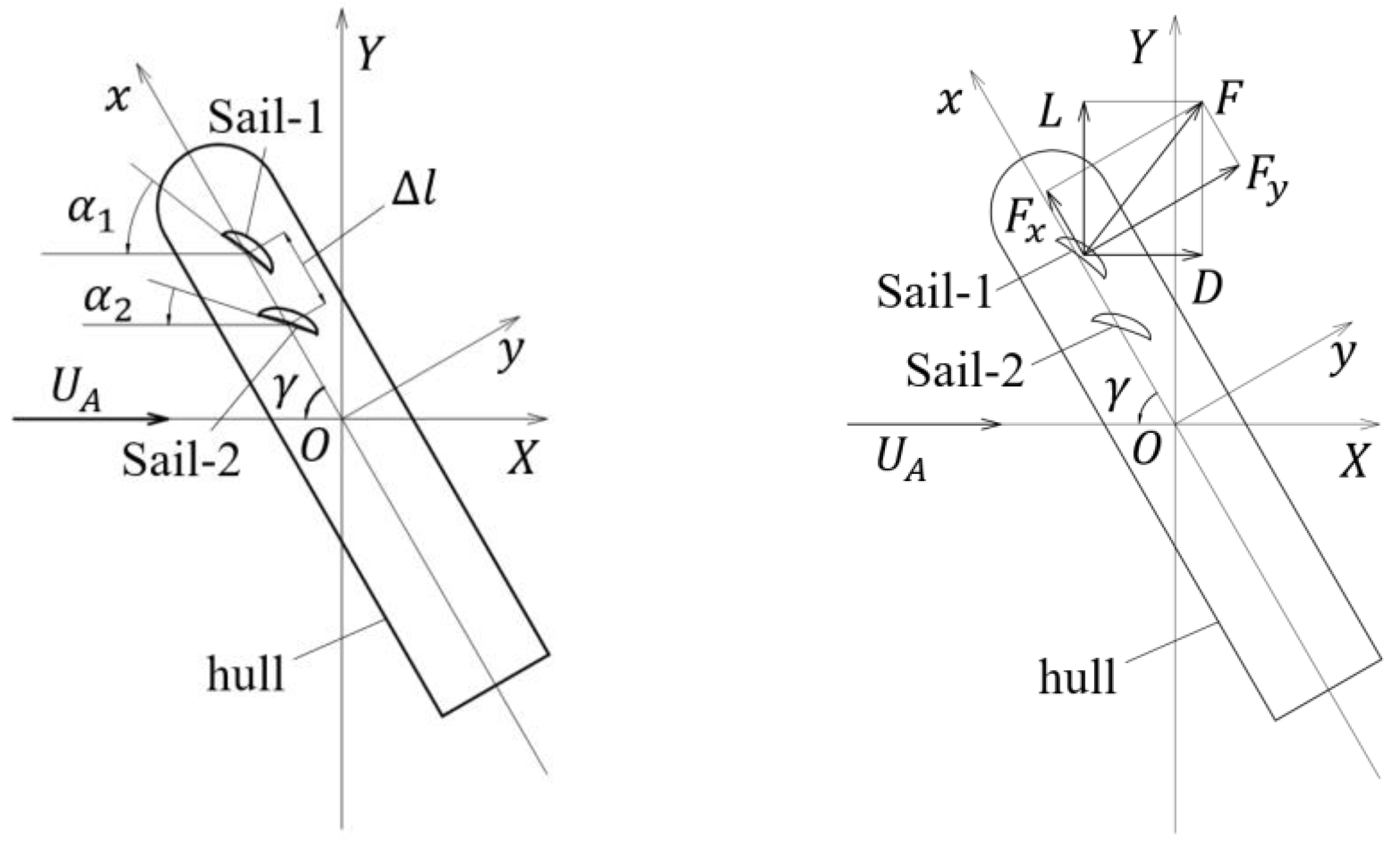

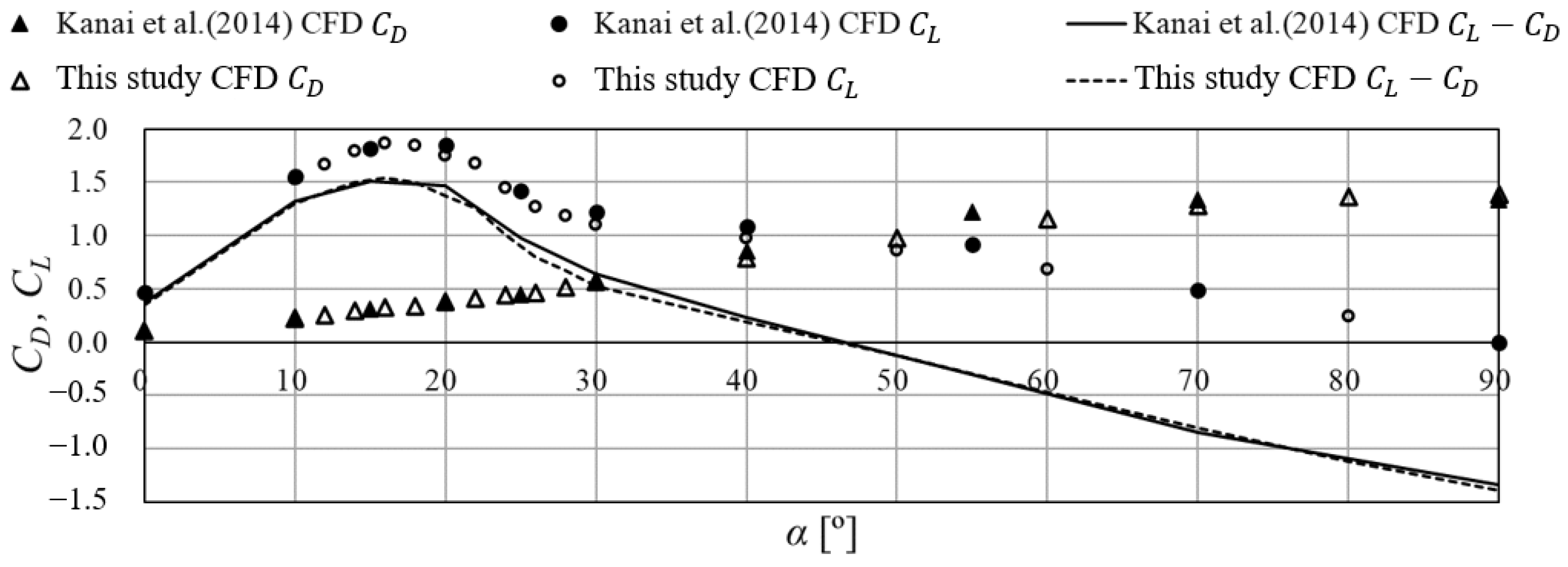


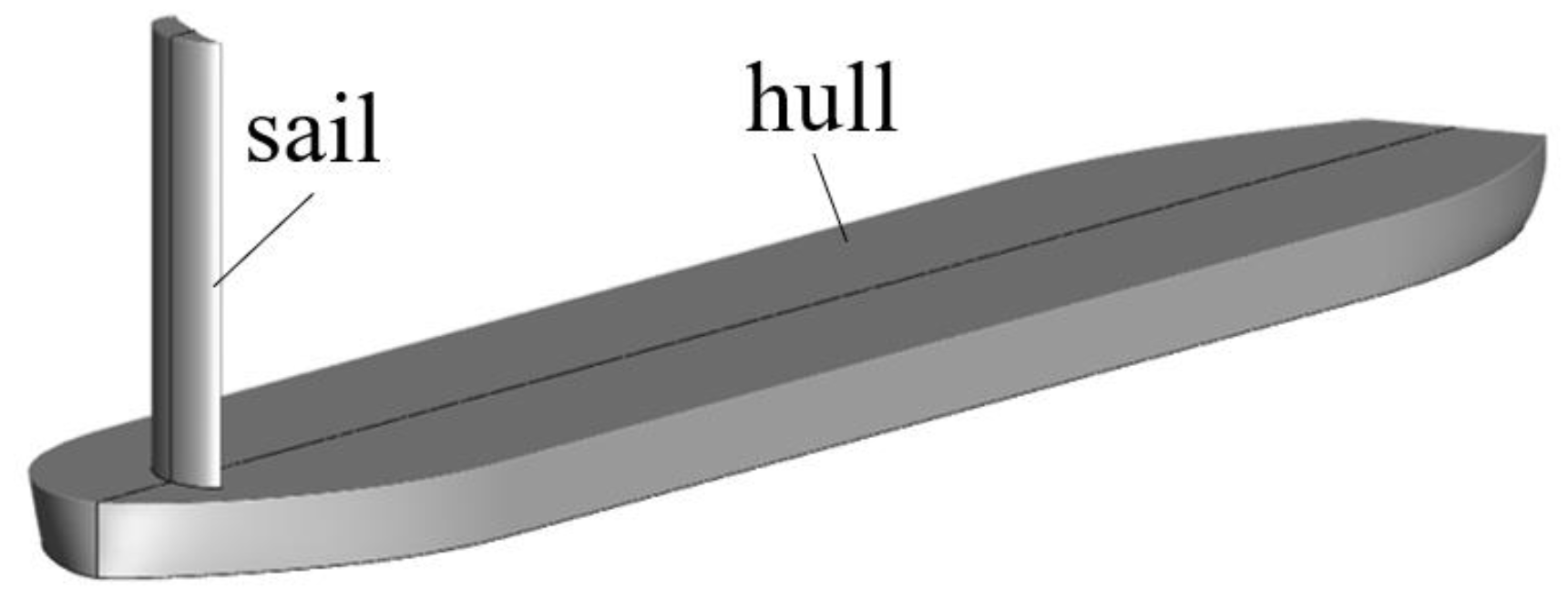

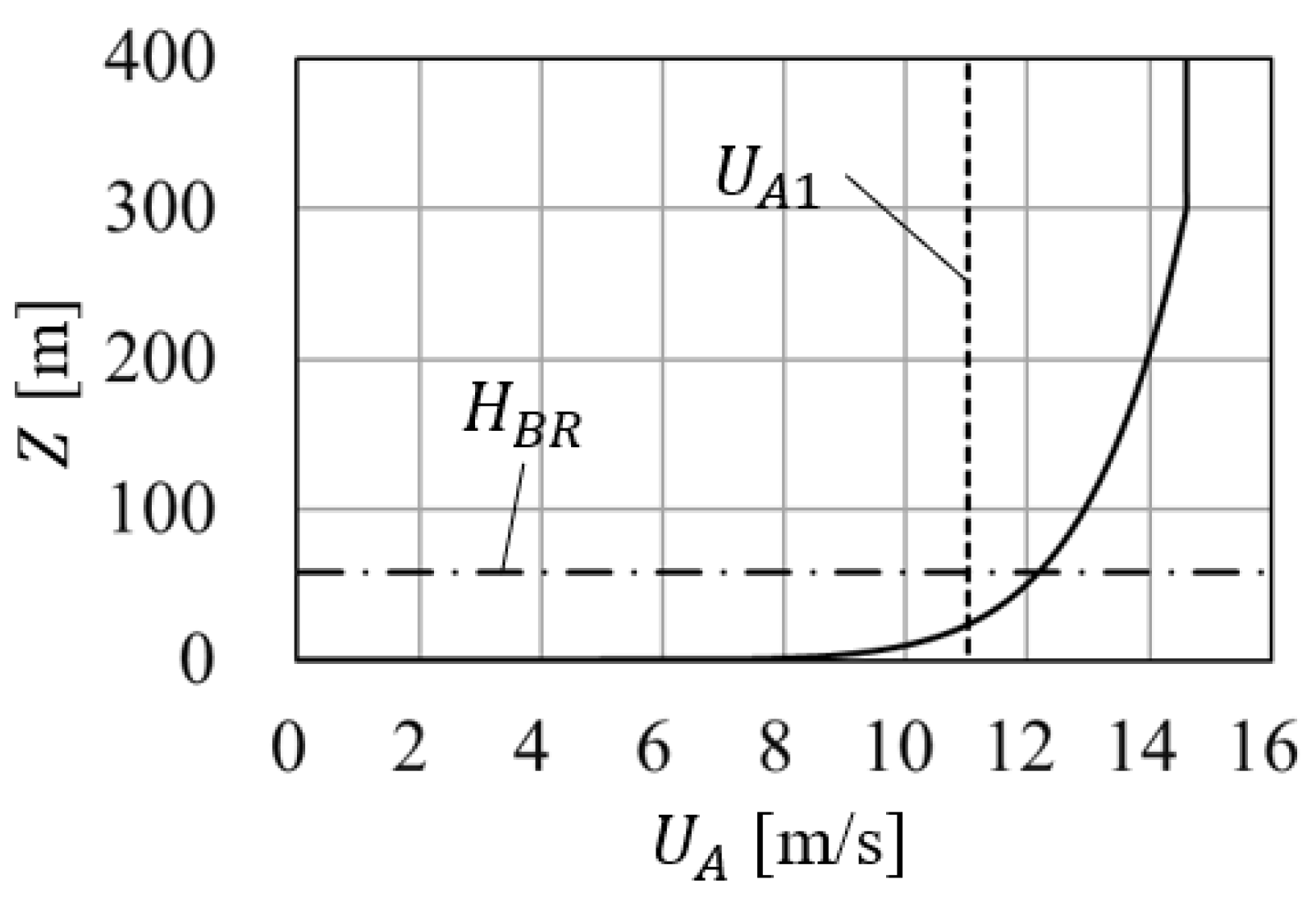




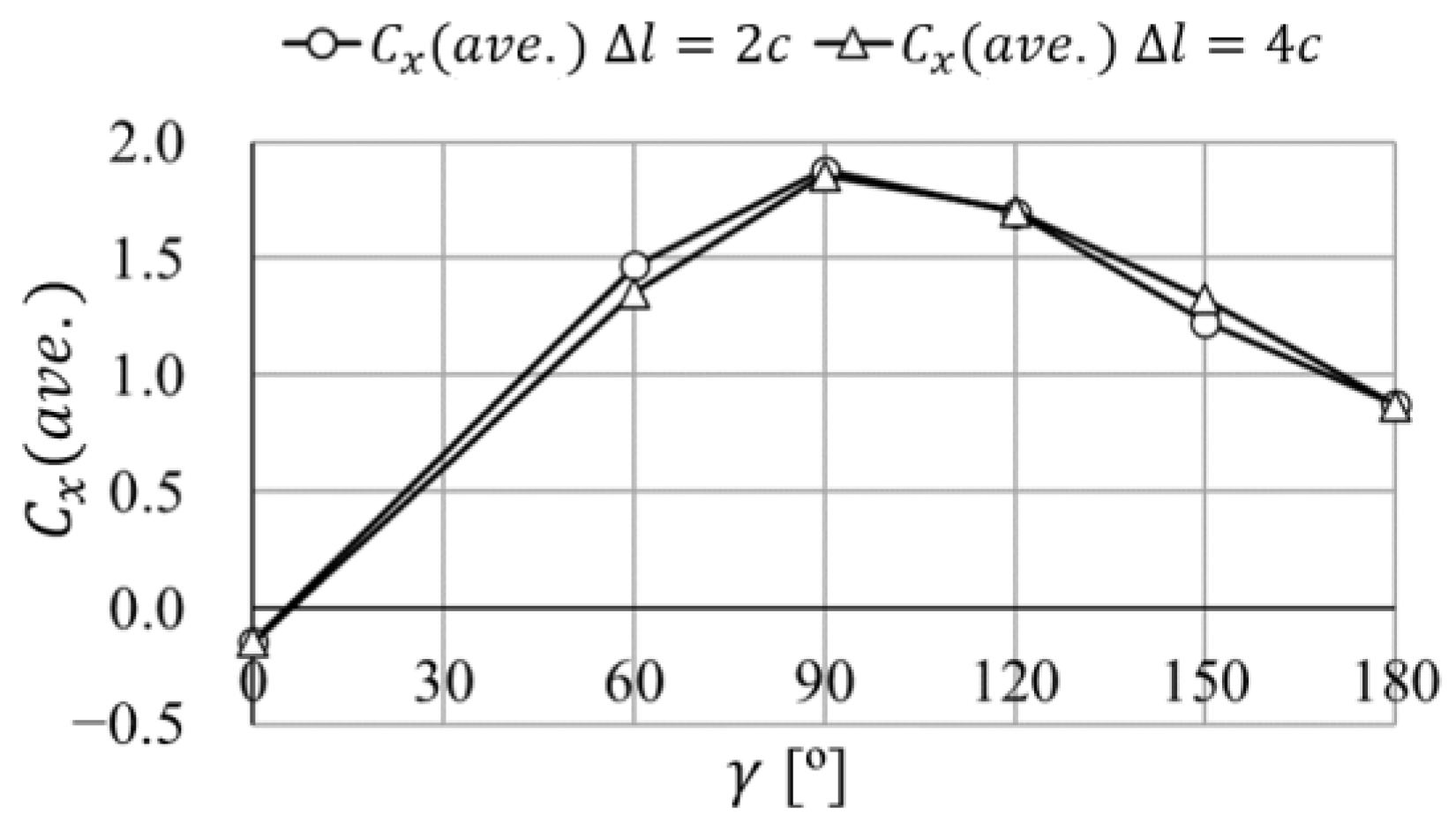
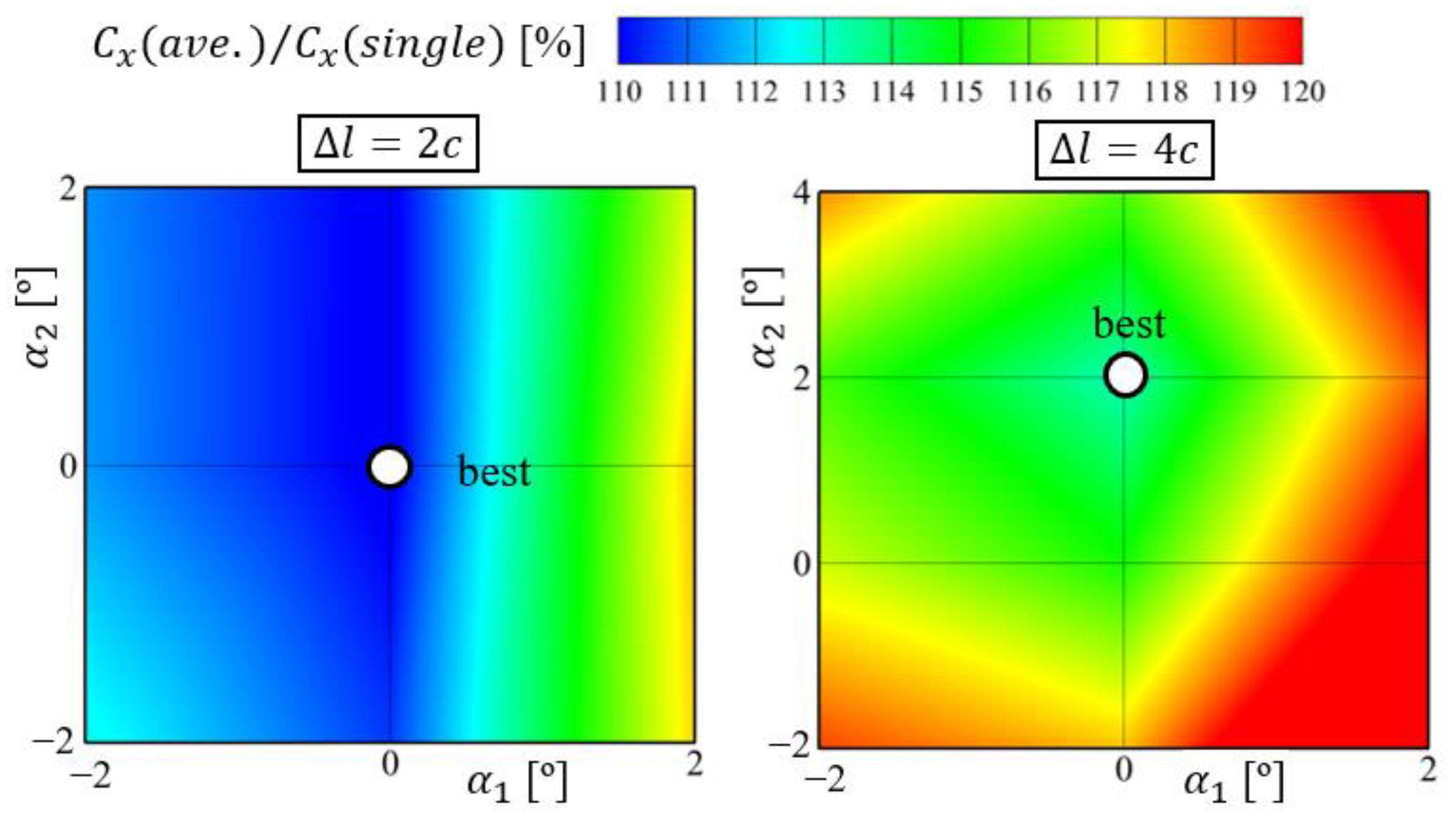
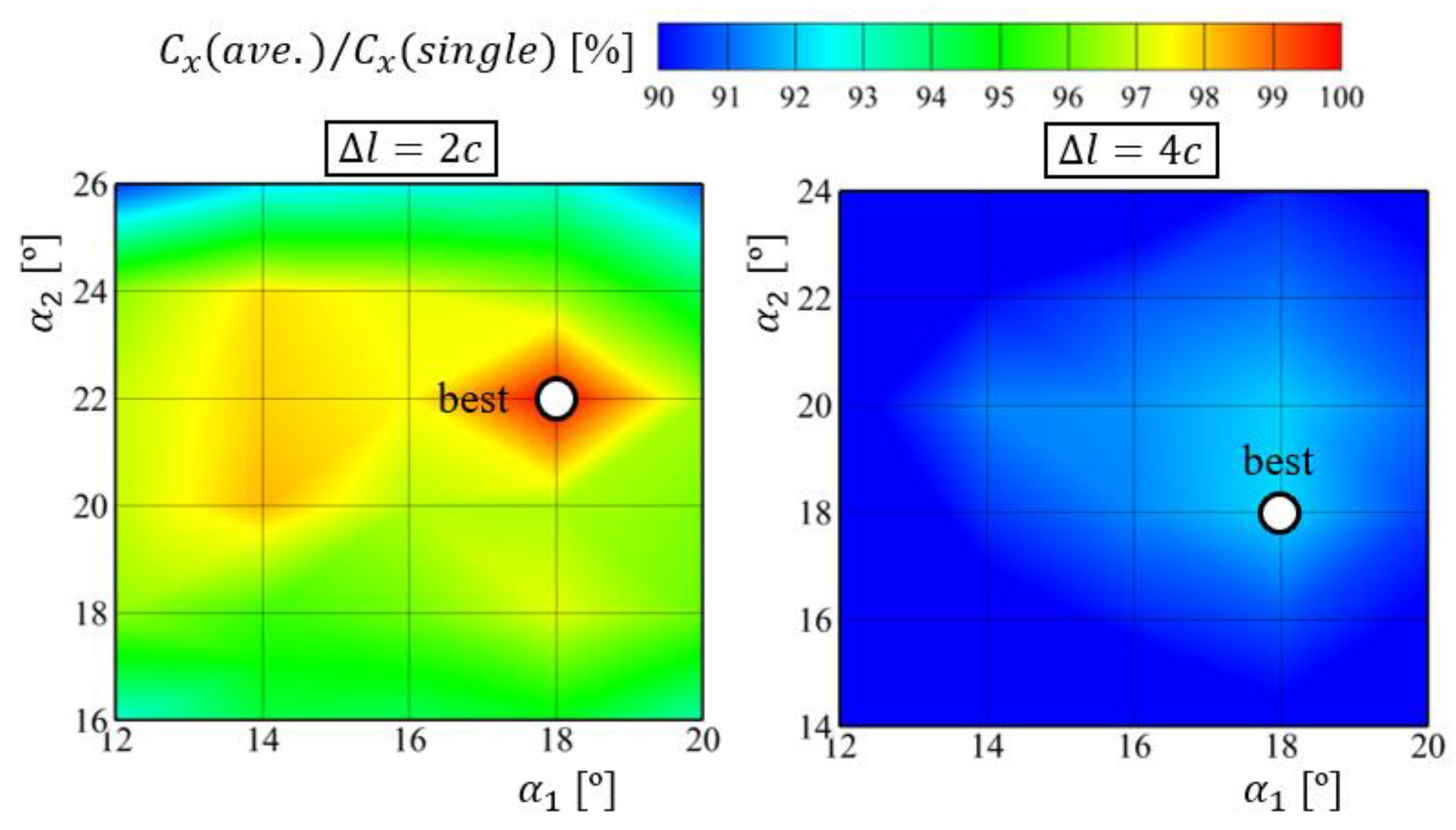
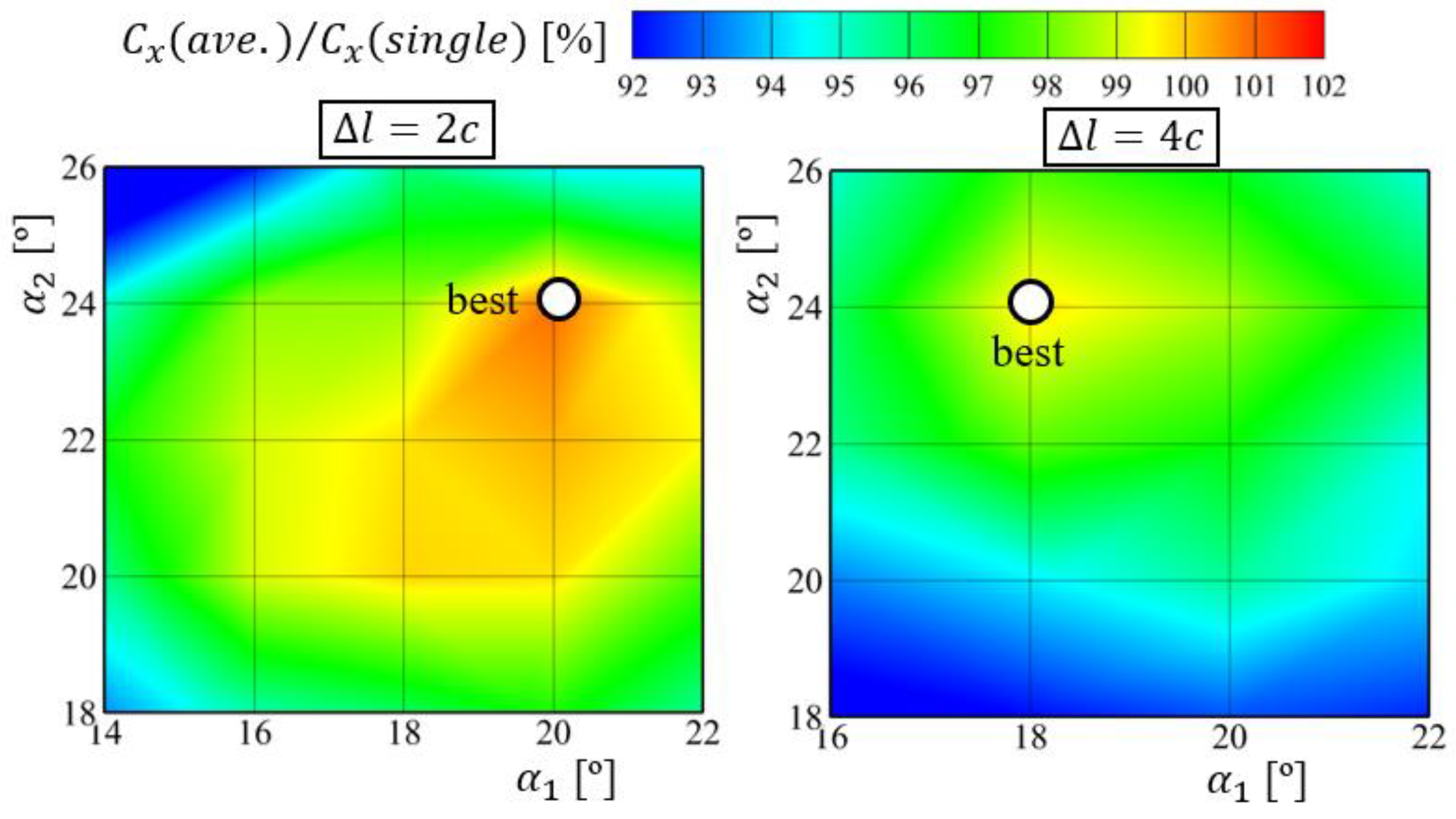
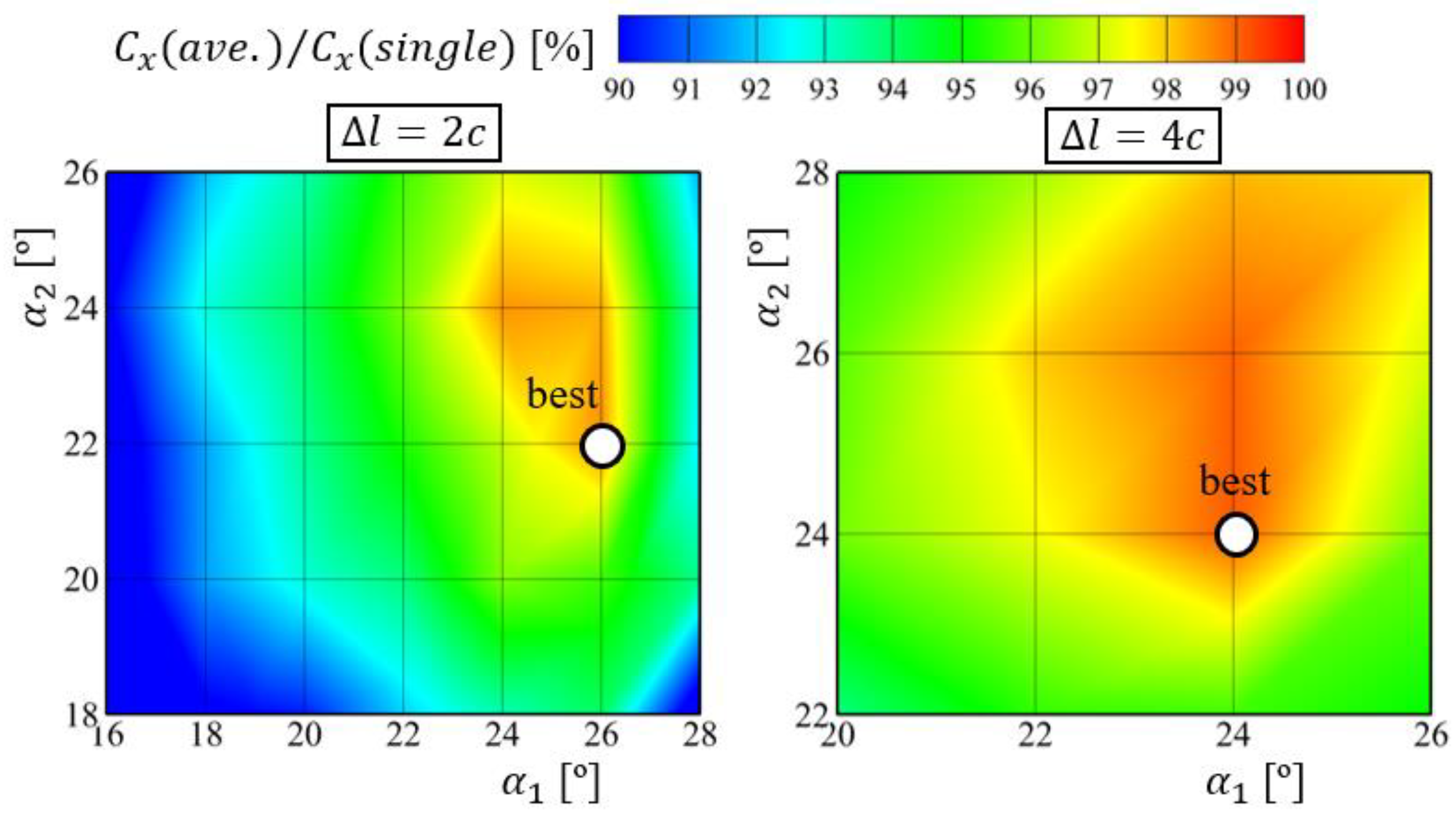
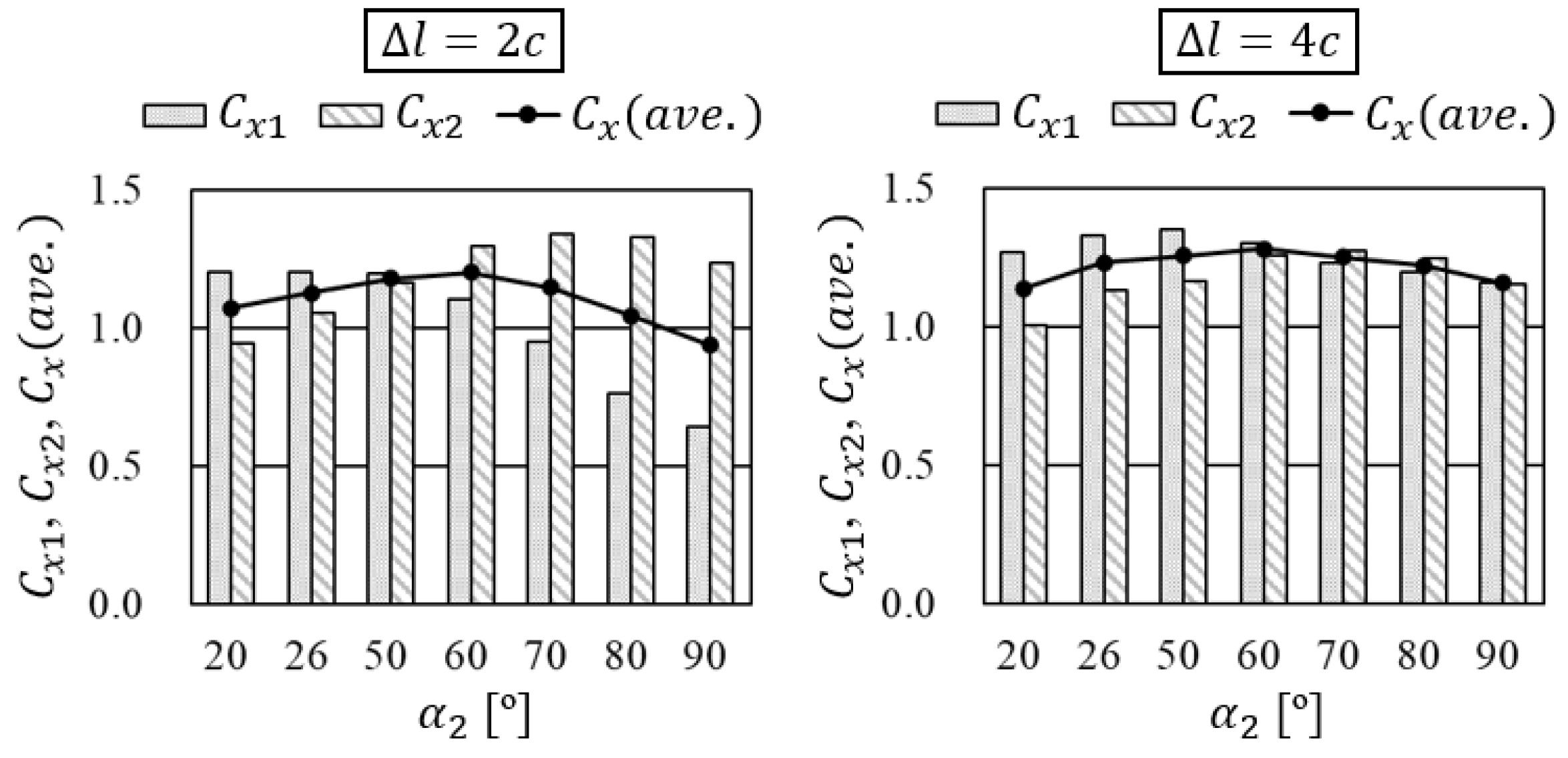
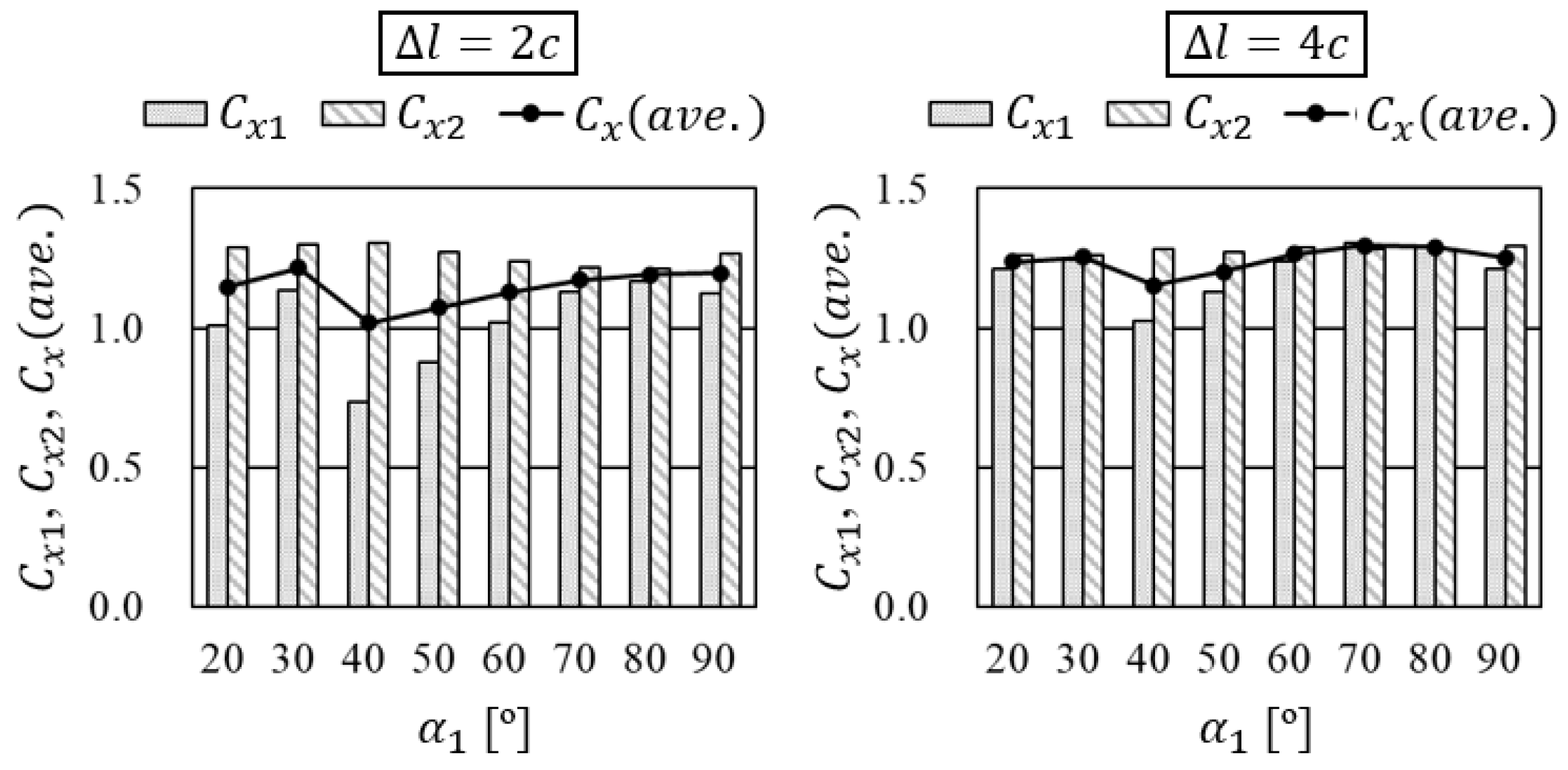
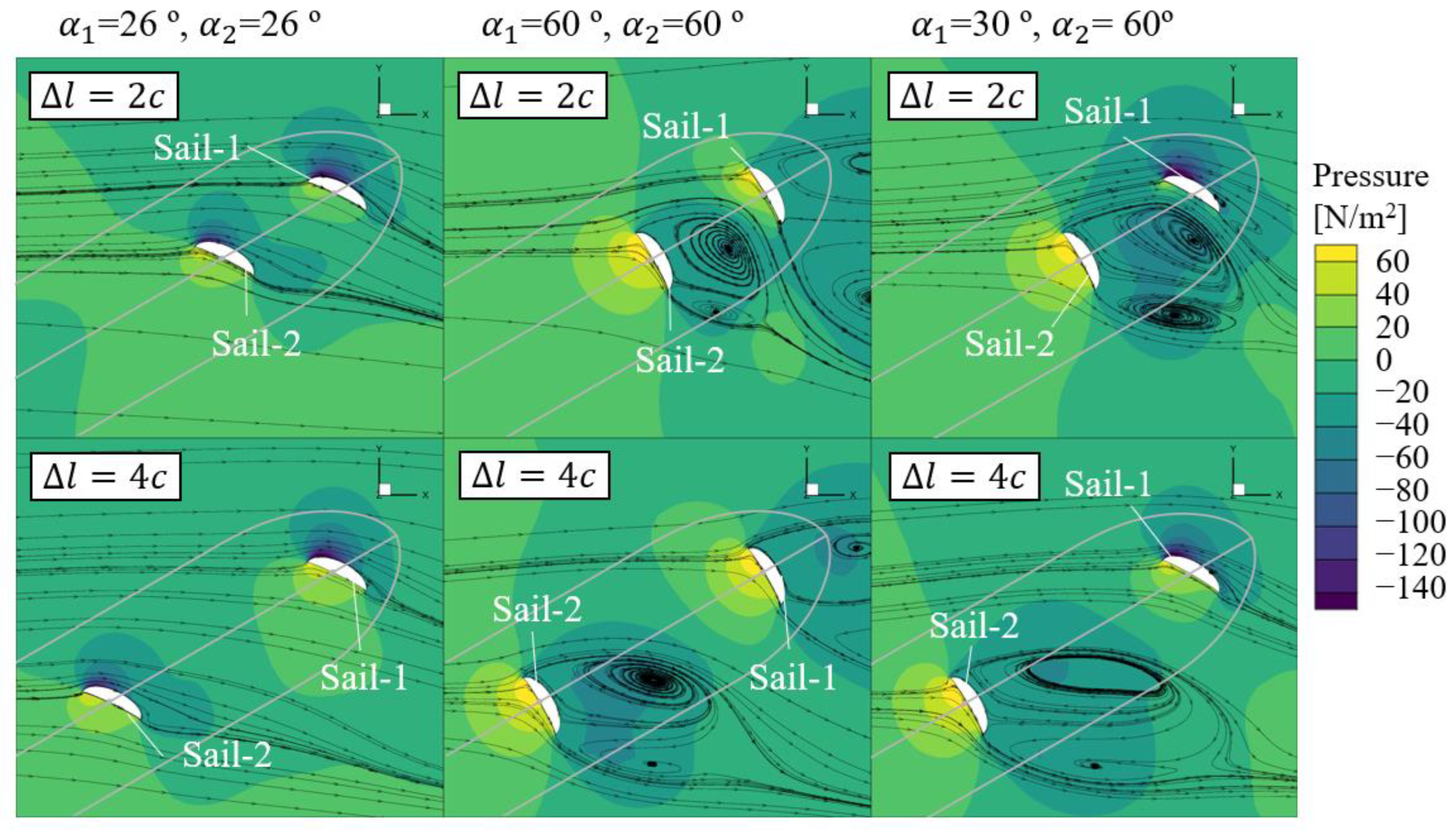


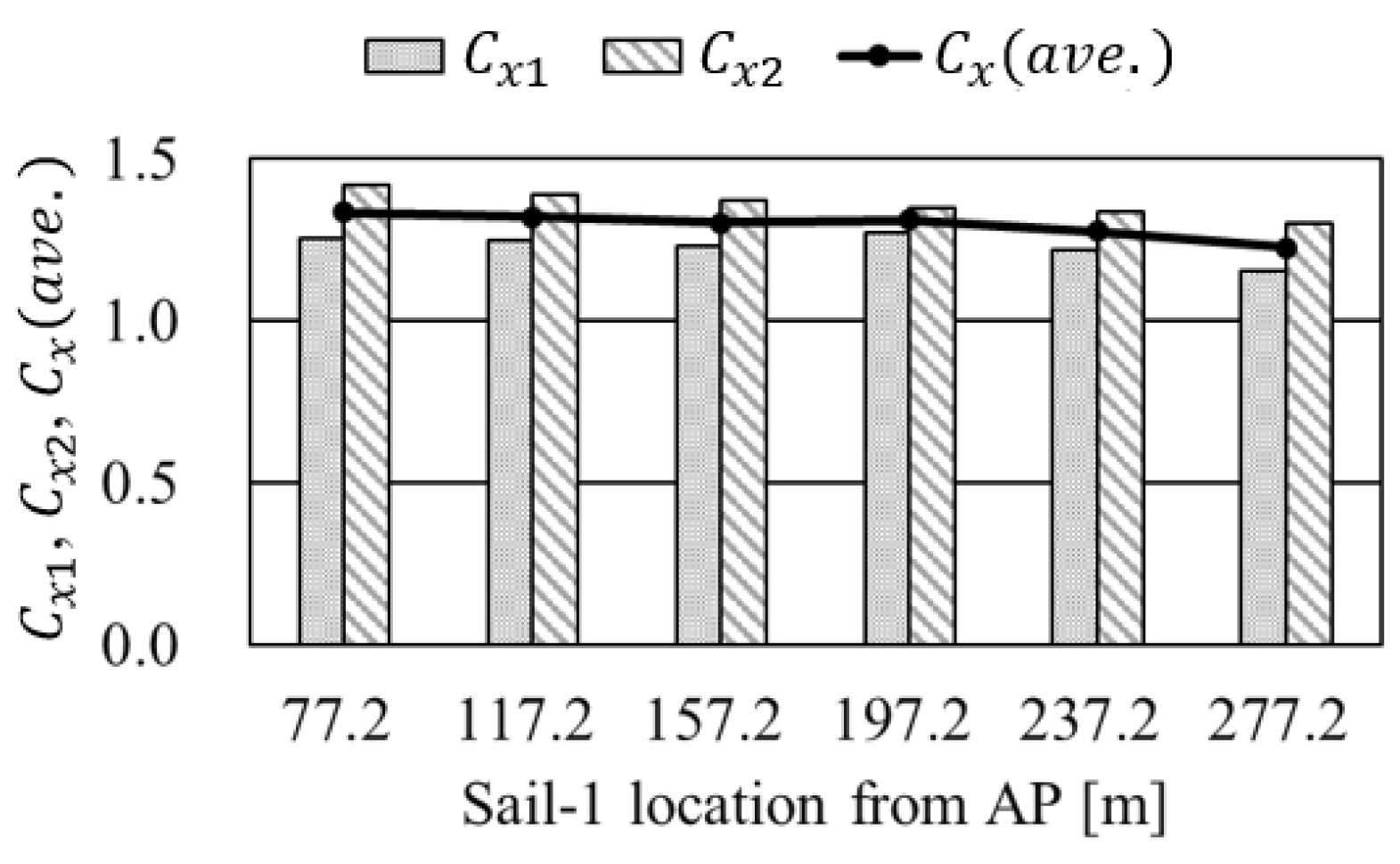

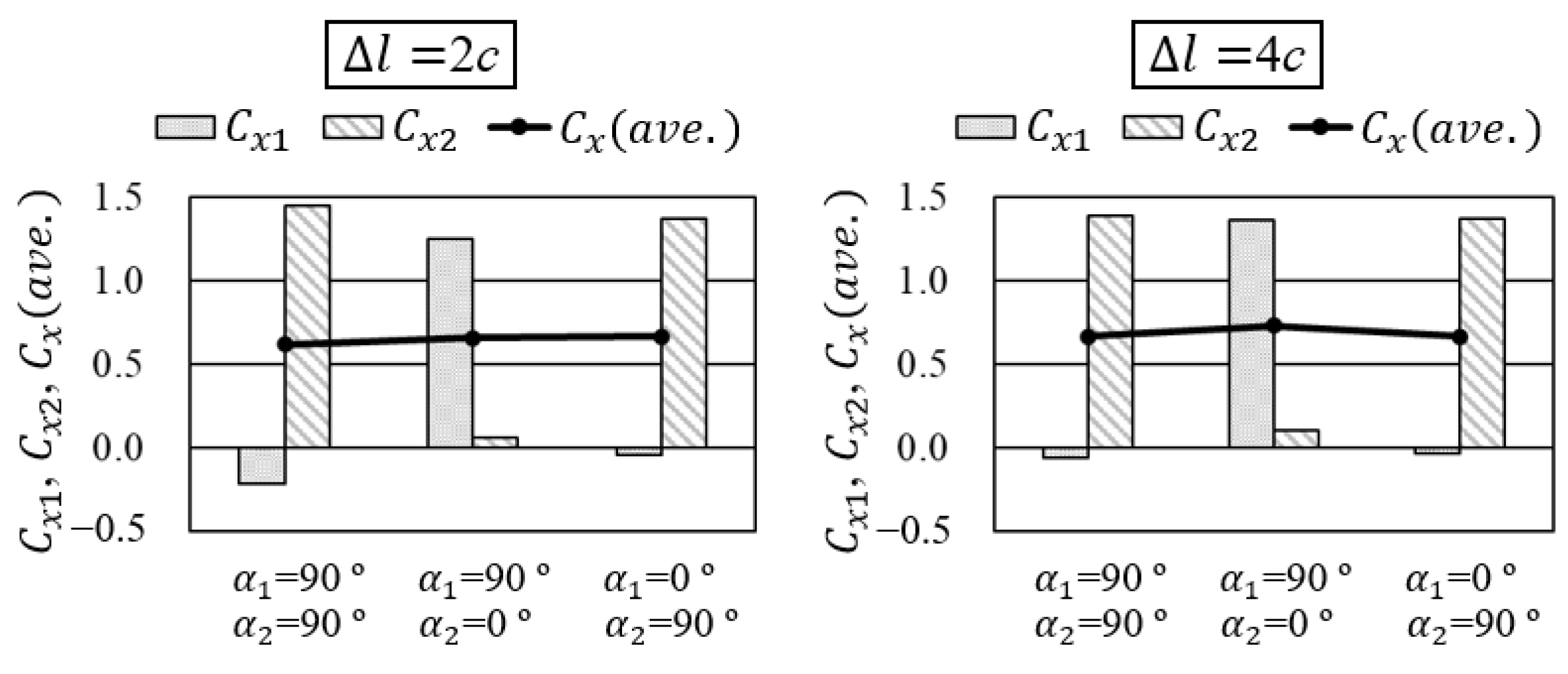

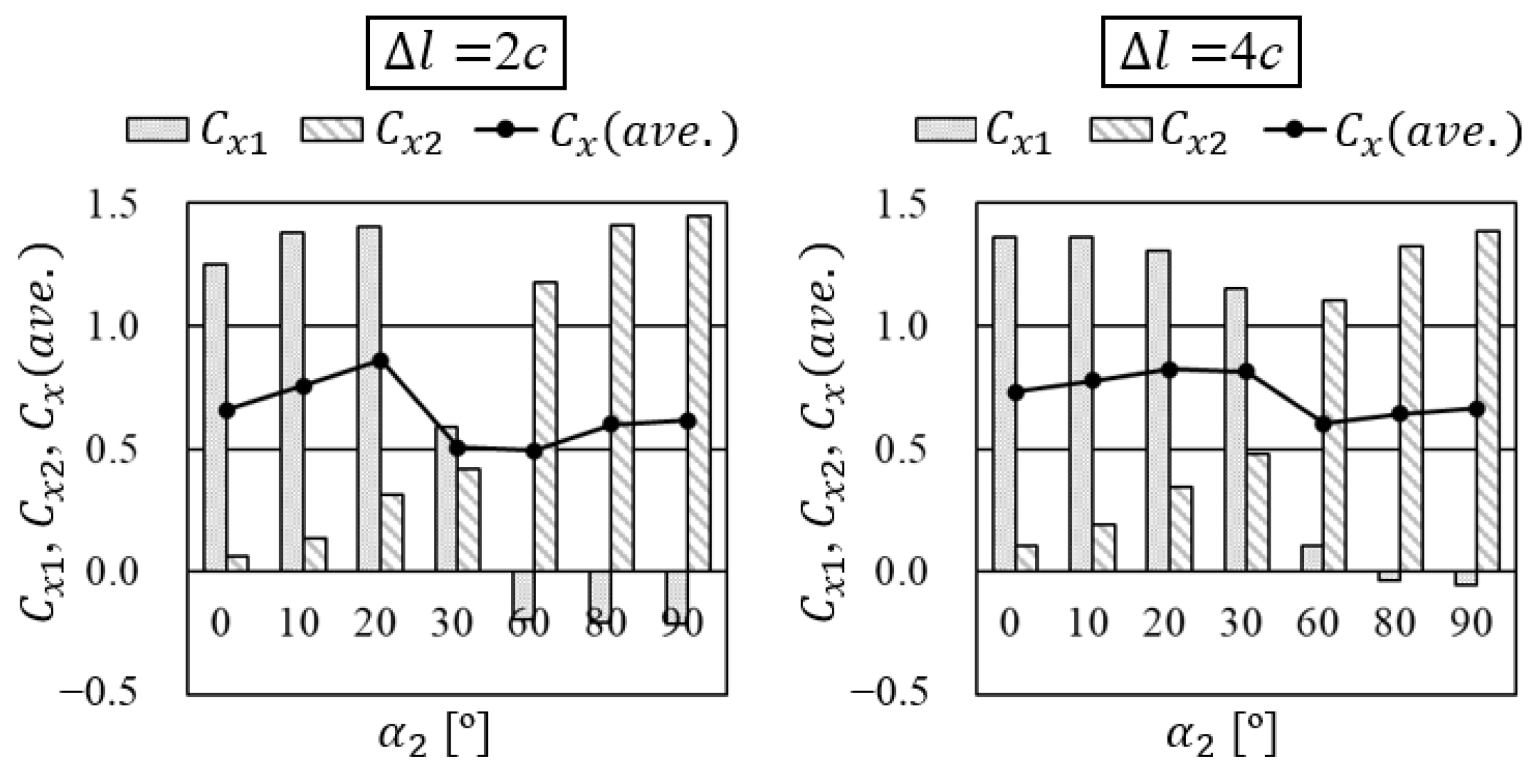
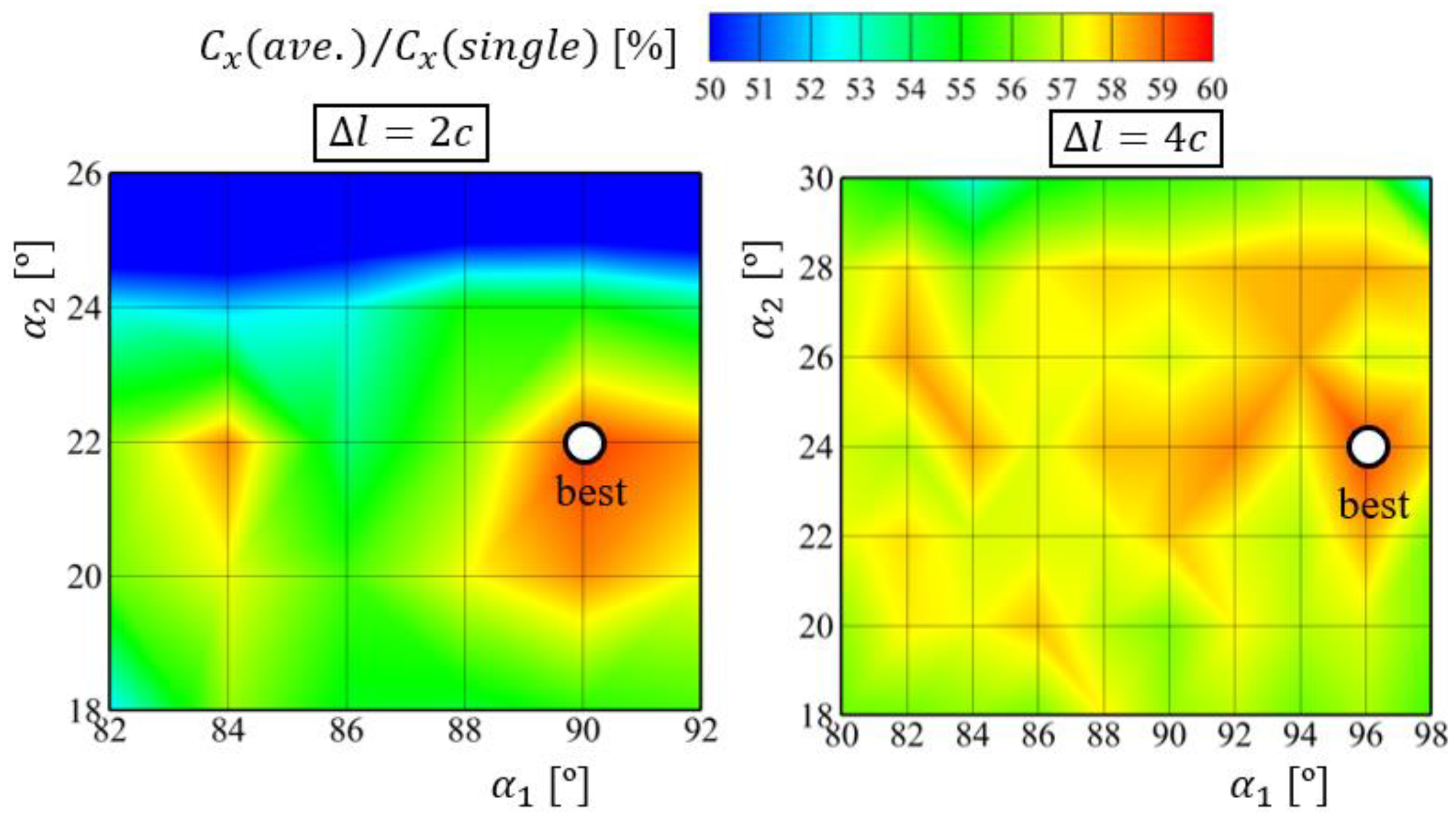
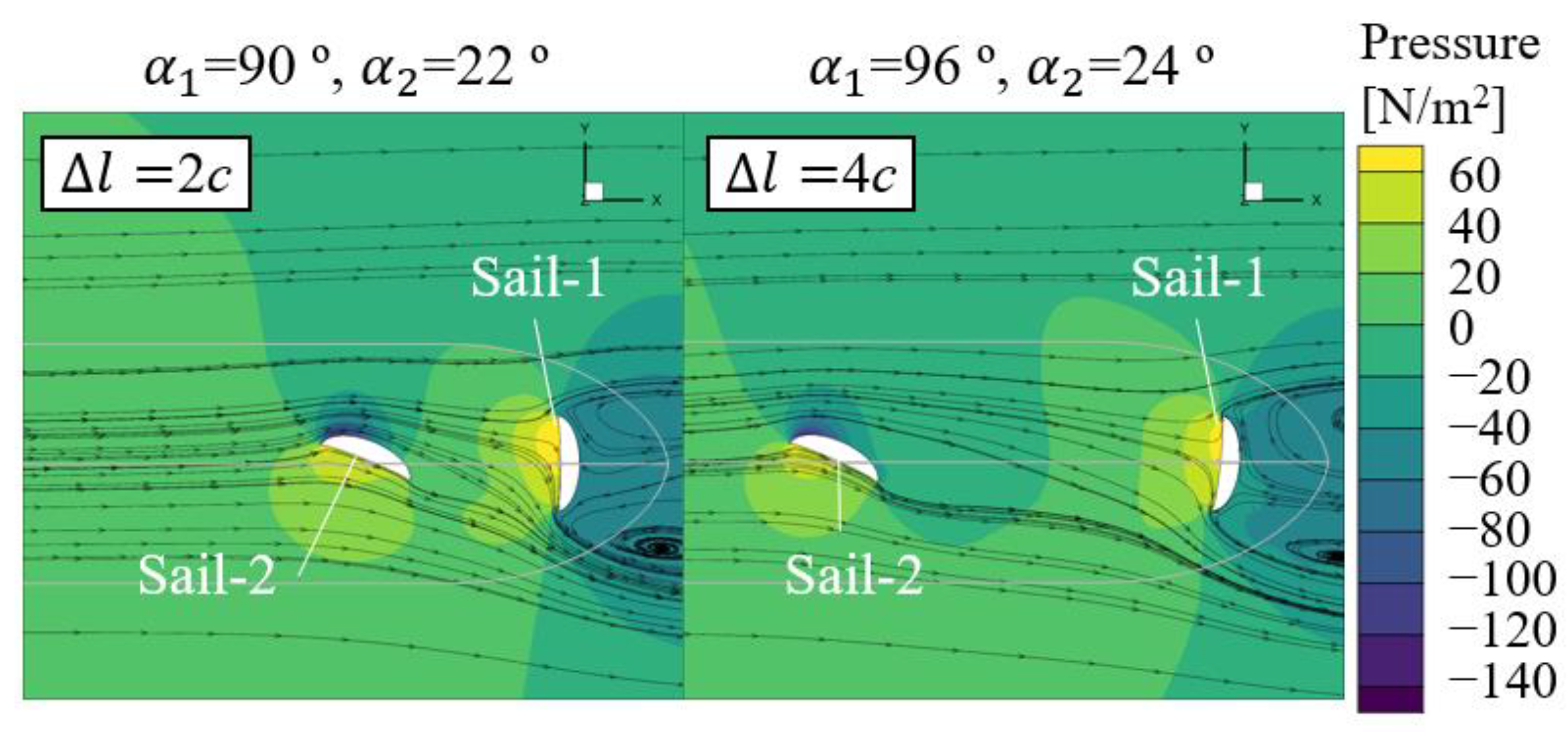
| Symbol | Unit | Meaning |
|---|---|---|
| m | chord length of a rigid sail | |
| – | drag coefficient of a rigid sail | |
| – | drag coefficient of the fore side sail, Sail-1 | |
| – | drag coefficient of the aft side sail, Sail-2 | |
| – | ||
| – | lift coefficient of a rigid sail | |
| – | lift coefficient of the fore side sail, Sail-1 | |
| – | lift coefficient of the aft side sail, Sail-2 | |
| – | ||
| – | thrust coefficient of a rigid sail | |
| – | thrust coefficient of the fore side sail, Sail-1 | |
| – | thrust coefficient of the aft side sail, Sail-2 | |
| – | ||
| – | of a single rigid sail with hull for a certain apparent wind direction | |
| N | drag of a rigid sail | |
| m | height of a rigid sail | |
| m | wind reference height | |
| N | lift of a rigid sail | |
| m | length of hull | |
| – | the origin of the coordinate system | |
| – | Reynold’s number | |
| m/s | apparent wind speed | |
| m/s | reference wind speed | |
| m/s | apparent wind speed at 10 m above water | |
| m2 | area of a rigid sail | |
| m | hull-fixed coordinate axis, aligned with the hull’s forward direction | |
| m | fixed spatial coordinate axis, parallel to the water surface, in the direction of the incoming wind | |
| m | hull-fixed coordinate axis, aligned with the hull’s width direction | |
| m | fixed spatial coordinate axis, parallel to the water surface, perpendicular to the direction of the incoming wind | |
| – | dimensionless thickness of boundary layer | |
| m | fixed spatial coordinate axis, vertical and upward relative to the water surface | |
| ° | angle of attack of a rigid sail | |
| ° | angle of attack of the fore side sail, Sail-1 | |
| ° | angle of attack of the aft side sail, Sail-2 | |
| ° | apparent wind direction | |
| m | spacing between two rigid sails along hull length | |
| kinematic viscosity of the air | ||
| kg/m3 | density of the air |
| CFD solver | FINETM/Marine 10.1 [14] |
| Time configuration | Steady |
| Turbulence model | k-ω SST |
| Number of grid points | about 0.5 million |
| Grid structure | unstructured grid |
| Specifications | Unit | Value |
|---|---|---|
| Length | m | 300.00 |
| Breath | m | 50.00 |
| Depth | m | 25.00 |
| Draft | m | 16.50 |
| Grid Name | Coarse | Medium | Fine |
|---|---|---|---|
| number of cells | 913,795 | 1,435,379 | 2,420,830 |
| 1.445 | 1.397 | 1.384 |
| 0.286 | 0.014 | 0.005 | 3.616 | 2.502 | 0.008 | 1.370 | 0.60 |
Disclaimer/Publisher’s Note: The statements, opinions and data contained in all publications are solely those of the individual author(s) and contributor(s) and not of MDPI and/or the editor(s). MDPI and/or the editor(s) disclaim responsibility for any injury to people or property resulting from any ideas, methods, instructions or products referred to in the content. |
© 2024 by the authors. Licensee MDPI, Basel, Switzerland. This article is an open access article distributed under the terms and conditions of the Creative Commons Attribution (CC BY) license (https://creativecommons.org/licenses/by/4.0/).
Share and Cite
Yasuda, A.; Taniguchi, T.; Katayama, T. Numerical Investigation of Aerodynamic Interactions between Rigid Sails Attached to Ship. J. Mar. Sci. Eng. 2024, 12, 1425. https://doi.org/10.3390/jmse12081425
Yasuda A, Taniguchi T, Katayama T. Numerical Investigation of Aerodynamic Interactions between Rigid Sails Attached to Ship. Journal of Marine Science and Engineering. 2024; 12(8):1425. https://doi.org/10.3390/jmse12081425
Chicago/Turabian StyleYasuda, Akane, Tomoki Taniguchi, and Toru Katayama. 2024. "Numerical Investigation of Aerodynamic Interactions between Rigid Sails Attached to Ship" Journal of Marine Science and Engineering 12, no. 8: 1425. https://doi.org/10.3390/jmse12081425
APA StyleYasuda, A., Taniguchi, T., & Katayama, T. (2024). Numerical Investigation of Aerodynamic Interactions between Rigid Sails Attached to Ship. Journal of Marine Science and Engineering, 12(8), 1425. https://doi.org/10.3390/jmse12081425






